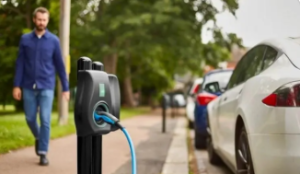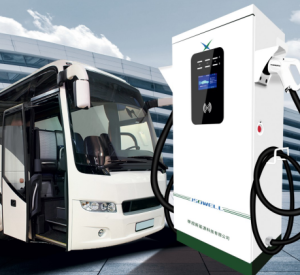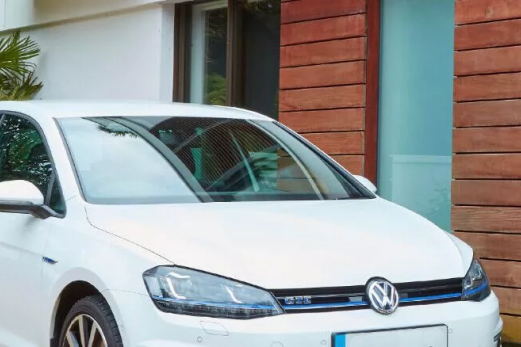
As part of the EU’s Green Deal initiative the European Commission plans to set tougher climate targets. In December, EU leaders voiced support for cutting vehicle emissions by at least 55 percent from 1990 levels by 2030, with the revision expected to be finalised in June. Stricter emission standards are bound to boost the development of new energy vehicles in Europe.
Nearly two years rise of new energy automobile market of Europe, in Germany, France, Britain, Norway, Spain and the Netherlands, Italy and Sweden, primarily through 2021 European eight new energy car sales in 1.95 million or so, year-on-year growth of around 65%, penetration of new energy vehicles throughout the year at about 21%, Norway’s new energy automobile market penetration throughout the year and even reached 70%. From the analysis of major markets, except Italy and Spain, which are still at 10% market penetration rate, the major countries have jumped to 20% market penetration rate; Sweden and Norway are two Nordic countries with high penetration rates directly due to a relatively small base.

The German government has officially announced that it will continue to provide 5.5 billion euros in future funding for electric vehicle charging infrastructure until 2024 to support Germany’s core industry in the future. Germany’s car industry is ready to meet tougher climate targets set by the European Commission, according to industry executives. German carmakers believe the growing acceptance of electric vehicles will help the country meet tougher emissions limits, according to German media reports.
The commission announced fitfor55 environmental emissions package, the European commission requires each member to speed up infrastructure construction, new energy cars require each member to ensure that the main roads every 60 km has1 electric vehicle charging station, according to ernst & young and European electricity industry trade association of the joint report, in 2035, With 130m electric cars on Europe’s roads, ERNST & Young estimates that infrastructure expansion over the next dozen years will cost about $62bn, with a further $72bn needed to install 56m household charging points.
Across Europe, some 445,000 public charging points have been installed in the last decade, according to the agency’s latest statistics. To meet demand in the future, Europe will need to install half a million common charging points a year by 2030 and one million a year after that.

Ireland has also said it needs to provide 100,000 fast-charging points for electric cars over the next eight years to meet the government’s carbon emissions plan. If the Irish government wants to hit its goal of nearly a million electric cars on the road by 2030, it will need a huge investment in incentives and charging infrastructure. At present, there are only 1,900 charging points in 800 locations across the island of Ireland, with 47,000 electric vehicles on the road.
On the other hand, as oil prices rise, more people start to buy new energy vehicles.
Meanwhile, America’s charging infrastructure is improving rapidly. In February 2022, Joe biden, the government announced a plan to allocated nearly $5 billion over five years to build thousands of electric vehicle charging station, in government documents also pointed out that the states should priority investment in interstate, interstate highways should be equipped with 50 miles each interval charging infrastructure, at the same time charging pile distance should not be more than a mile from the public road, States should strive to have at least four dc charging points per station, enough for four electric vehicles, with the federal government paying 80 percent of the cost of charging infrastructure. And on May 13, the U.S. Department of Transportation will release national standards for ev charging piles to ensure that every single one that is installed is working.
The US government may need more than 100,000 charging points to support the rollout of electric vehicles, according to a us government watchdog. As of March, federal agencies had about 1,100 charging points, leaving a huge shortfall. Under Biden’s executive order, light-duty vehicles purchased by the government will have “zero emissions” by 2027. The U.S. government is expected to buy about 50, 000 vehicles a year, and a large number of charging piles will be needed to support the program.
Canada, The United Kingdom, France, Spain, the Nordic countries and California have all announced plans to phase out new fuel cars by 2040. Globally, electric vehicles account for 9 percent of new car sales, according to the International Energy Agency.Twenty percent of new cars sold in Europe last year were electric. Norway has the most generous incentives for electric cars, so much so that they account for 90 percent of new car sales.



